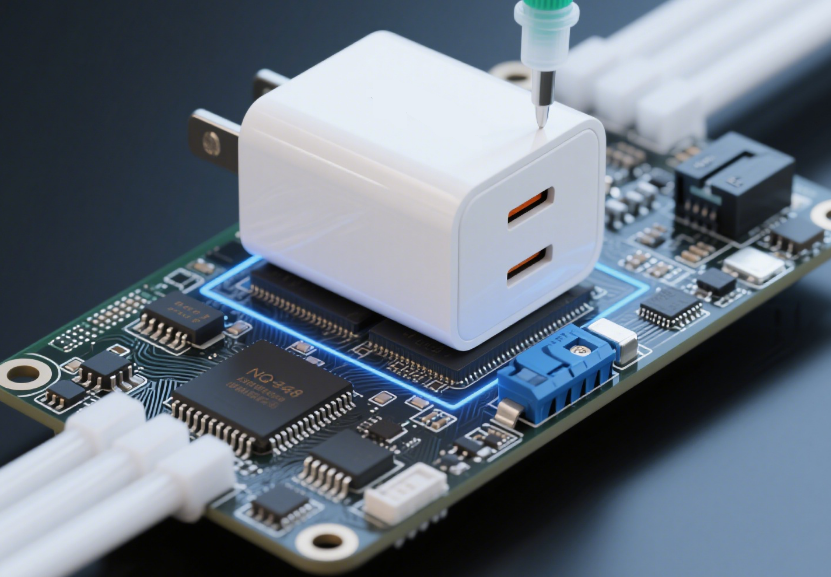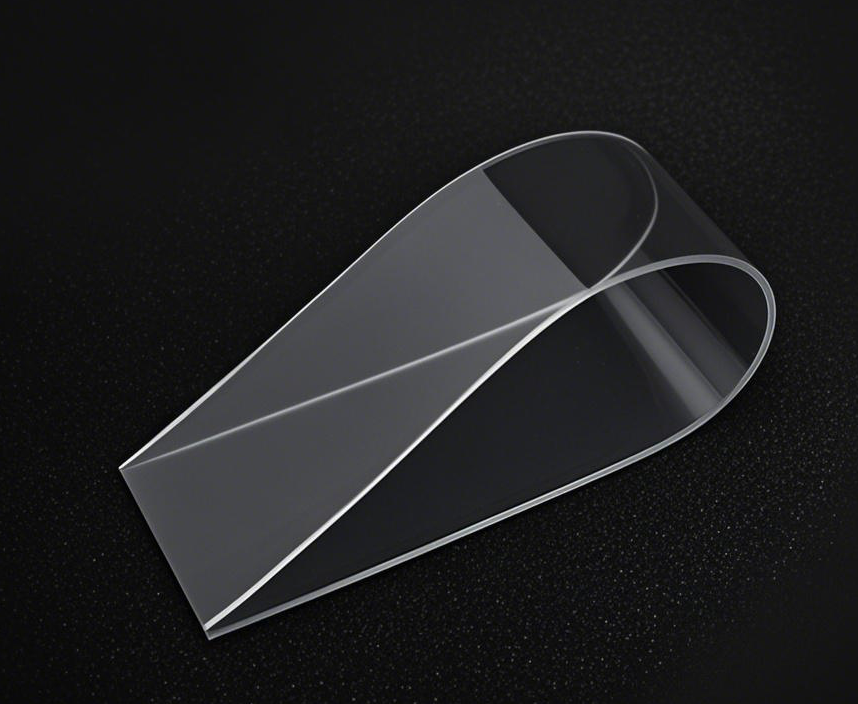Application of Conductive Silicone Rubber in Engine Control Units (ECUs)
2025/07/10
0
As a functional material with both conductivity and elasticity, conductive silicone rubber plays a crucial role in the field of automotive electronics, especially in engine control units (ECUs). ECUs, known as the “nerve center” of automobiles, are responsible for real-time monitoring of engine operating status, regulating fuel injection, ignition timing, and other core functions. Their working environment is filled with multiple challenges such as high temperatures, vibrations, and electromagnetic interference, and the unique properties of conductive silicone rubber can precisely address these issues.
Core Properties of Conductive Silicone Rubber
Conductive silicone rubber is a composite material made by adding conductive fillers (such as carbon black, metal powder, carbon fiber, etc.) to silicone rubber as the matrix. Its core properties perfectly meet the working requirements of ECUs:
- Excellent conductivity: The volume resistivity can usually be as low as 10⁻³~10⁰Ω・cm, which can meet the basic requirements of electromagnetic shielding and conductive connection;
- Wide temperature range stability: It can maintain elasticity and conductivity in the range of -60℃~200℃ (some special models can reach above 250℃), easily coping with extreme temperature fluctuations of -40℃~150℃ in the engine compartment;
- Excellent elasticity and sealing performance: The Shore hardness is mostly between 30~70A, and the compression set rate is less than 20% (under the condition of 150℃×70h), which can closely fit irregular surfaces to achieve reliable sealing;
- Resistance to environmental erosion: Insensitive to oil, coolant, ozone, and humidity, and can resist chemical corrosion in the engine compartment for a long time;
- Shock absorption and buffering capacity: The dynamic elastic modulus is adapted to the high-frequency vibrations (10~2000Hz) during vehicle driving, which can effectively absorb impact energy.
Challenges in the Working Environment of ECUs
The engine compartment is one of the harshest environments inside a car, and ECUs need to continuously cope with three core challenges:
- Electromagnetic interference (EMI): The engine ignition system, motors, sensors, etc. will generate a lot of electromagnetic radiation. If ECUs are interfered, it may lead to signal distortion, control logic disorder, and even engine failure;
- Environmental sealing requirements: The intrusion of dust, water vapor, and oil will cause short circuits or corrosion of the internal circuits of the ECU, affecting its service life;
- Mechanical stress impact: Vibrations during vehicle driving (especially during idling and sudden acceleration) may cause loosening of solder joints of internal components and poor contact of connectors.
Key Applications of Conductive Silicone Rubber in ECUs
1. Electromagnetic Shielding Seals
The connection between the ECU shell and the cover plate is the main channel for electromagnetic radiation to enter and exit. Traditional rubber sealing rings can only achieve physical sealing, while conductive silicone rubber shielding sealing rings can achieve the dual functions of “sealing + shielding” at the same time:
- During installation, the sealing ring is in close contact with the metal shell under the action of compression force, forming a continuous conductive path, reflecting or absorbing external electromagnetic radiation. The shielding effectiveness can reach 60~100dB (100MHz~10GHz frequency band), far exceeding the EMC standard requirements of the automotive electronics industry;
- For shell joints with complex shapes (such as ECU shells with cooling fins), the flexibility of conductive silicone rubber can adapt to irregular surfaces, avoiding shielding loopholes.
2. Flexible Conductive Connection Components
Inside the ECU, the grounding or signal connection between different modules (such as microprocessors, power drive units, sensor interfaces) often needs to cope with displacement caused by thermal expansion and contraction:
- Conductive gaskets: Placed between the PCB board and the metal shell, they not only realize module grounding but also offset the dimensional differences caused by temperature changes through elastic buffering, reducing contact resistance fluctuations (usually controllable within 50mΩ);
- Connector conductive contacts: Replace traditional metal shrapnel to form flexible conductive contacts between the sensor plug and the ECU interface, reducing the risk of poor contact caused by vibration, especially suitable for key signal transmission such as crankshaft position sensors and oxygen sensors.
3. Integrated Heat Dissipation and Shock Absorption Components
Some high-power ECUs (such as motor controllers of hybrid vehicles) will generate a lot of heat. Thermally conductive and conductive silicone rubber (added with thermally conductive fillers such as alumina) can simultaneously achieve:
- Heat conduction: The thermal conductivity can reach 1~3W/(m・K), transferring the heat of power devices on the PCB board to the metal heat dissipation shell;
- Vibration isolation: Attenuate vibration energy through its own elasticity, avoiding fatigue damage of devices caused by hard connections.
Application Advantages and Future Trends
Compared with traditional materials (such as metal shielding nets, ordinary rubber + conductive coatings), conductive silicone rubber has significant application advantages in ECUs:
- Integrated design: Reduce the number of parts (such as combining seals and shields into one), reduce assembly complexity, and improve production efficiency;
- Lightweight advantage: The density is only 1/5~1/3 of that of metal, which helps reduce vehicle weight and save energy;
- Cost controllability: By adjusting the type of conductive fillers (such as replacing precious metals with carbon-based ones), the material cost can be reduced while meeting performance requirements.
In the future, with the development of automotive electrification and intelligence, the requirements for materials in ECUs will further increase: On the one hand, higher computing power requirements may promote the research and development of highly conductive silicone rubber (volume resistivity <10⁻⁴Ω・cm); on the other hand, the extreme pursuit of ECU reliability in autonomous driving will lead to the application of self-healing conductive silicone rubber, which can realize the autonomous repair of minor damages through the dynamic covalent bonds of the material itself, further extending the service life of ECUs.

















